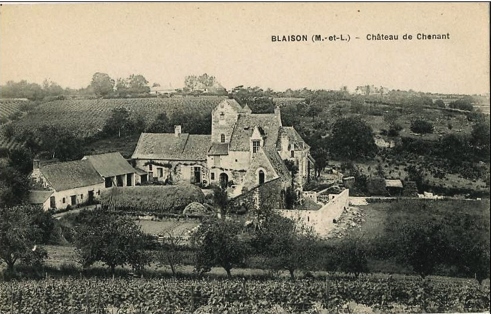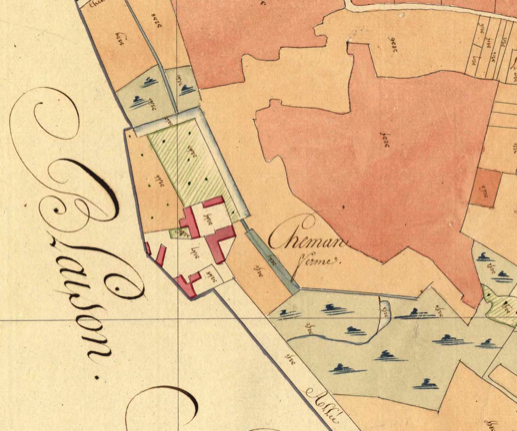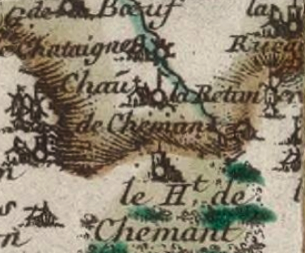MAGNA SED IPSUM
SUSPENDISSE MAURIS FUSCE ACCUMSAN MOLLIS EROS
Throughout the 19th century, Cheman was sold several times to merchant owners, notaries and notables who never lived in the castle, until 1890 when it was acquired by the Lecomte-Lebreton family.
They built a winery in the 1900s, the construction site of which can be seen here on the right of this postcard dated before 1907.
Cheman remained the property of the Lecomte family until the Second World War, then it was purchased by Mr. and Mrs. Marcel Antoine. Madam, Italian born Alvina Pizzato, passionate about wine, put the wine estate back into operation for around 50 years, then passed it on to local winegrowers until her death in 2006, at the age of 99.
Cheman was then acquired in 2007 by a passionate Dutch couple who renovated the building and the vines and embarked on the adventure in collaboration with the cooperative cellar, they then leased the vines in 2011 to cooperative farmers from Blaison. They restructured the vines and replanted 50% of the plots.
Finally in 2016, the estate was bought by Didier and Marie who took over the exploitation of the vines in 2021, and launched the conversion to organic farming.
HISTORY OF CHEMAN
Since at least 1230...



Cheman has a very old origin
Regional Archives of Bois Brinçon, mentions this :
« December 1234. Acquired by Guillaume, Cantor of Saint
Jean Baptiste, from son and heir of Jean Piron de Blaison, of an acre of wineyard located in the Lordship of Bois-Brinçon, closing from one side the land of the Lordship of Chemant.»
This is the oldest known act mentionning Cheman. Another act concerning Cheman says :
« 27 February 1387. Abandon accepted by Jeanne de Cheman in favour of Jehan de Marettes, Lord of Chemans, her son, of all she can pretend from the heritage of Marie de Beaupreau spouse of Lord Knight Jehan de Laval.
This abandon includes what she owes from the land of Cheman.»
At the date of 25 March 1405, Cheman still belongs to Jehan de Marettes, also in 1413 (archive from 3 January 1413).
Later, the Archives indicate the following steps :
"Jehan de Marettes transmits the Lordship of Cheman to his son in law Pierre Lebrun in 1434, who transmits it to Jean de Vauferie, husband of Renée Lebrun in 1479.
Then it becomes the property of the Lords of Blaison and François de Goulaines sales it in 1551 to Jamet Martin, from Saint Sulpice, whose heirs ( de Cheverue family ), kept Cheman until the Révolution."
At this time the descendants of the Cheverue family (Gohin de Montreuil family) emigrated and their property was confiscated, then sold: on 2 Thermidor year IV, the Department sold the land and the castle of Cheman for 98,451 pounds to Louis Favre and Petitpierre, Nantes traders.
If we go back in time, Cheman has gone through more than eight centuries of history, and was renovated in the 14th, 16th, and 18th centuries. It is very likely that the establishment of the fief of Cheman in Lordship dates from the same historical period as the first Barony of Blaison, of which the Knight of Cheman was vassal, undoubtedly shortly after the construction of the Church of Blaison by Foulques Nerra (987-1040).
As for the more ancient history, the estate also has an interesting dolmen : how can we not imagine that such a generous place, where water is abundant and flows in streams, at the gates of the banks of the Loire and its resources, was not inhabited from the Neolithic ?
Sources : Le Sablier de Blaison, Celestin Port, Dictionnaire Historique, Archives départementales, Histoire de Blaison par L Poirier, 1925.